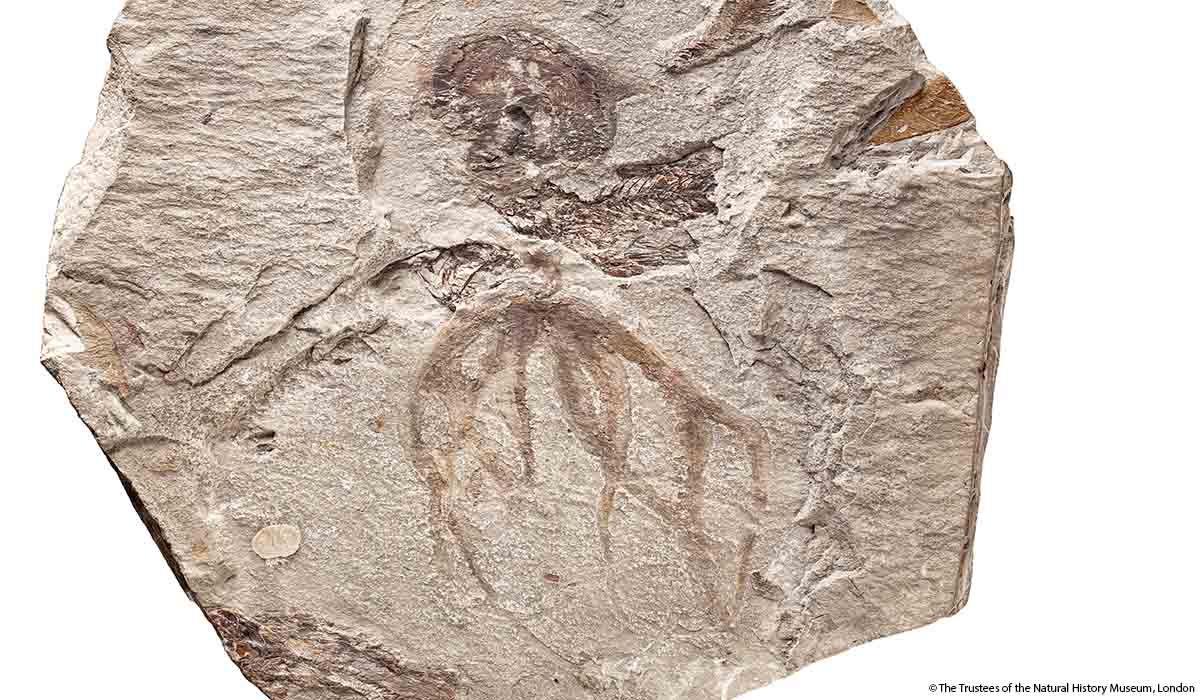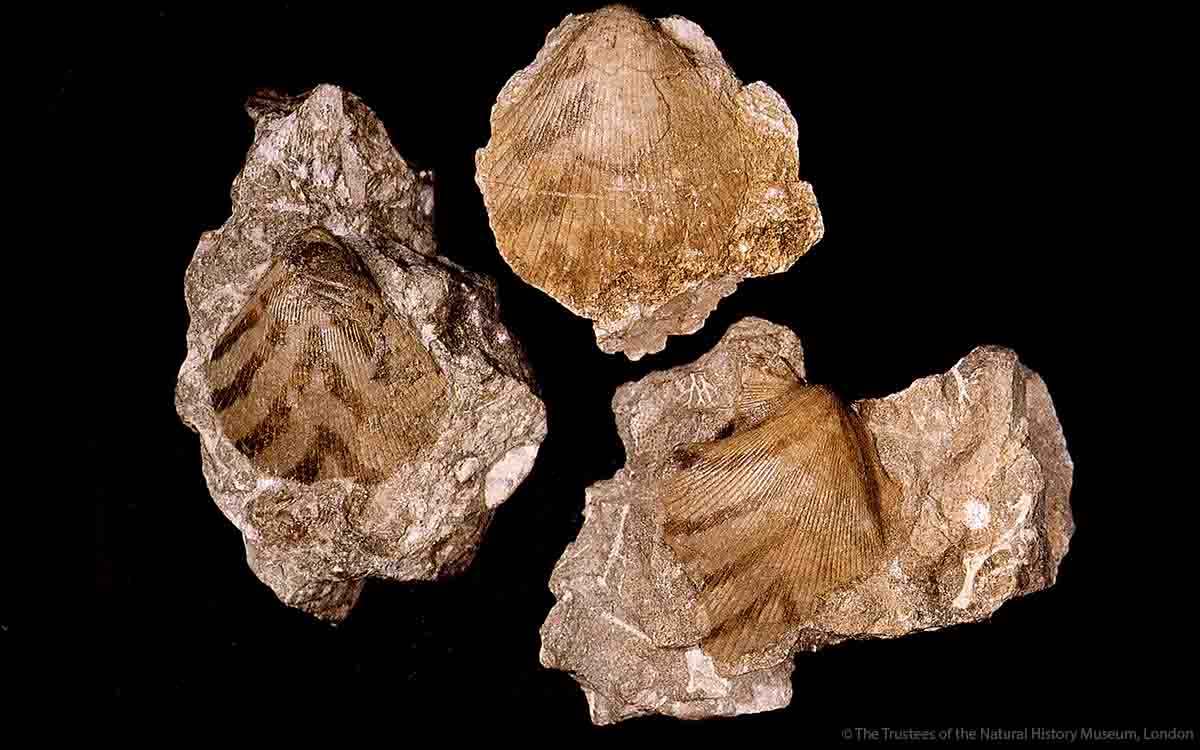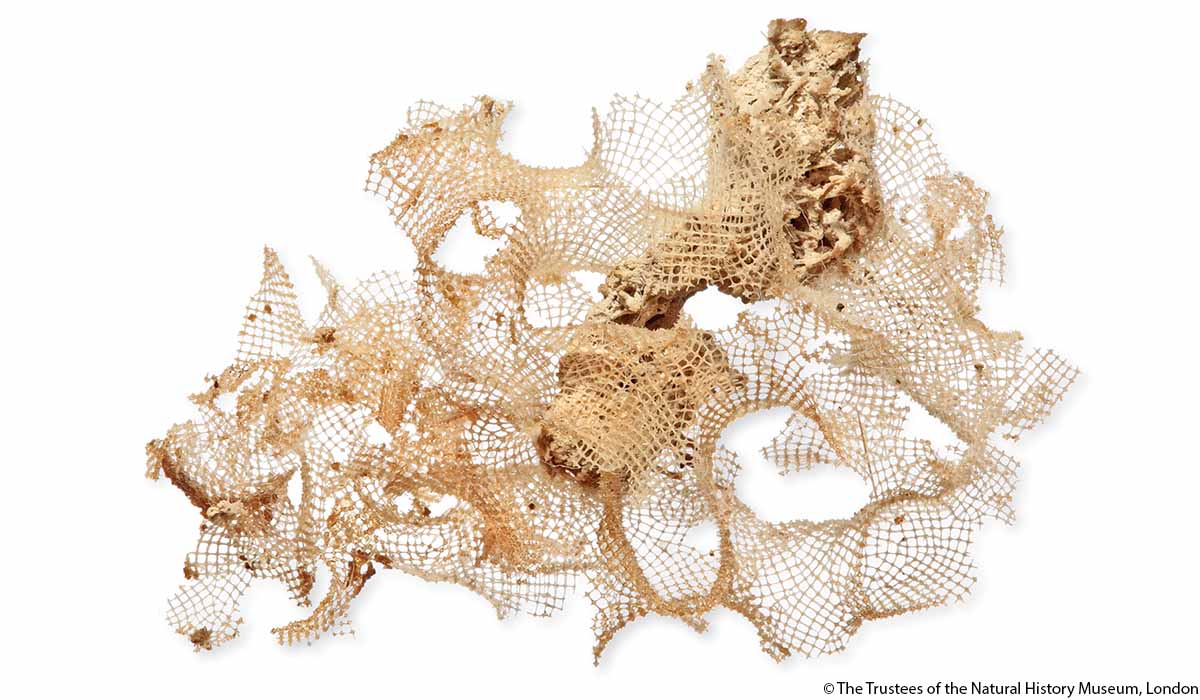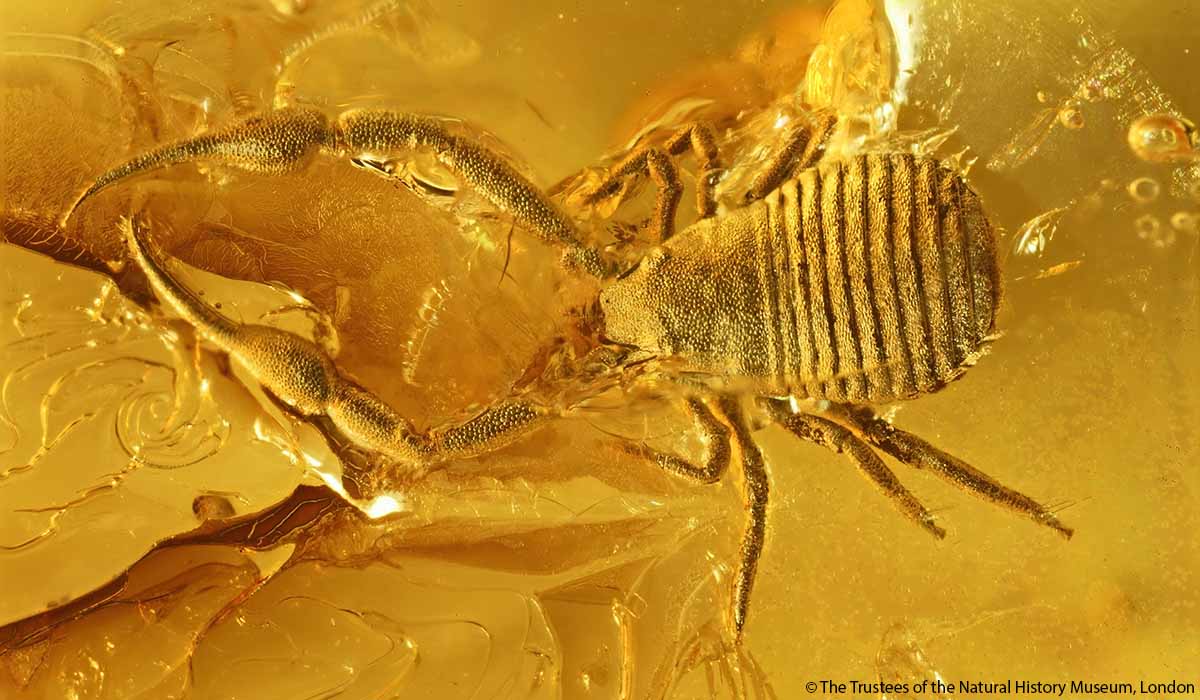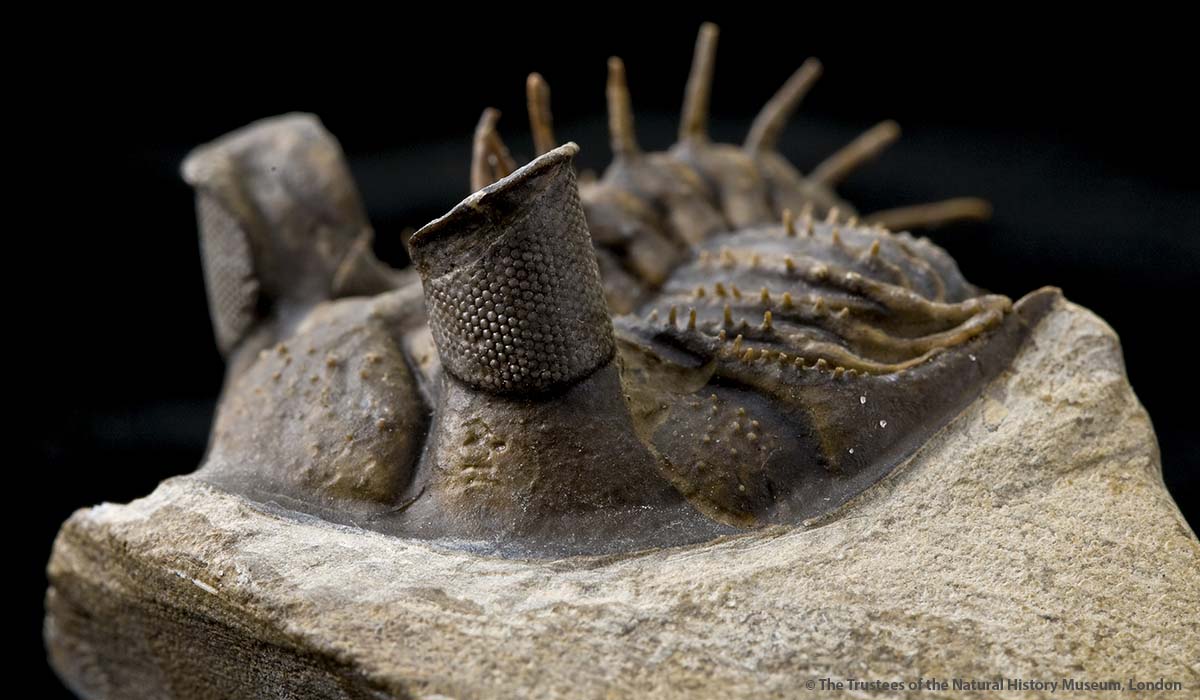For #FossilFriday we're looking at all things invertebrate for #InverteFest, starting with this dragonfly from the Jurassic limestone of Germany.
Inverts were the first group of animals to evolve powered flight, 100 million years before any other group would take to the sky!
Inverts were the first group of animals to evolve powered flight, 100 million years before any other group would take to the sky!
Invertebrates that have a hard exoskeleton are particularly well suited to becoming fossils.
Despite having died some 22 million years ago on what would become the shores of South America, this crab has been preserved in exquisite detail #InverteFest #FossilFriday
#InverteFest #FossilFriday
Despite having died some 22 million years ago on what would become the shores of South America, this crab has been preserved in exquisite detail
 #InverteFest #FossilFriday
#InverteFest #FossilFriday
While many fossils only preserve the hard tissue such as bone and exoskeleton, lots of inverts are made of soft tissue.
That makes fossils like this octopus, in which you can clearly see the outline of its arms and body, rather rare #InverteFest #FossilFriday
#InverteFest #FossilFriday
That makes fossils like this octopus, in which you can clearly see the outline of its arms and body, rather rare
 #InverteFest #FossilFriday
#InverteFest #FossilFriday
It's not only the body structure that can be preserved! This fossil bivalve Aviculopectin planoradiatus is unusual in that you can still clearly see the animal's original v-shaped markings on the surface of the shell  #InverteFest #FossilFriday
#InverteFest #FossilFriday
 #InverteFest #FossilFriday
#InverteFest #FossilFriday
Some fossils can be astonishingly delicate.
This may look like a piece of lace, but it is actually the fossil of a glass sponge that died on the seabed 80 million years ago! #InverteFest #FossilFriday
This may look like a piece of lace, but it is actually the fossil of a glass sponge that died on the seabed 80 million years ago! #InverteFest #FossilFriday
Fossil invertebrates don't just turn up in rocks!
Many animals are known from being trapped in the sticky sap of trees which turned to amber, like this beautiful pseudoscorpion that met its end 35 million years ago in what is now the Baltic region #InverteFest #FossilFriday
#InverteFest #FossilFriday
Many animals are known from being trapped in the sticky sap of trees which turned to amber, like this beautiful pseudoscorpion that met its end 35 million years ago in what is now the Baltic region
 #InverteFest #FossilFriday
#InverteFest #FossilFriday
Of course, there are many groups of inverts that are no longer with us.
Trilobites were one of the most successful groups of animals, surviving in the oceans for 300 million years before perishing during the end-Permian extinction event. #InverteFest #FossilFriday
Trilobites were one of the most successful groups of animals, surviving in the oceans for 300 million years before perishing during the end-Permian extinction event. #InverteFest #FossilFriday

 Read on Twitter
Read on Twitter

